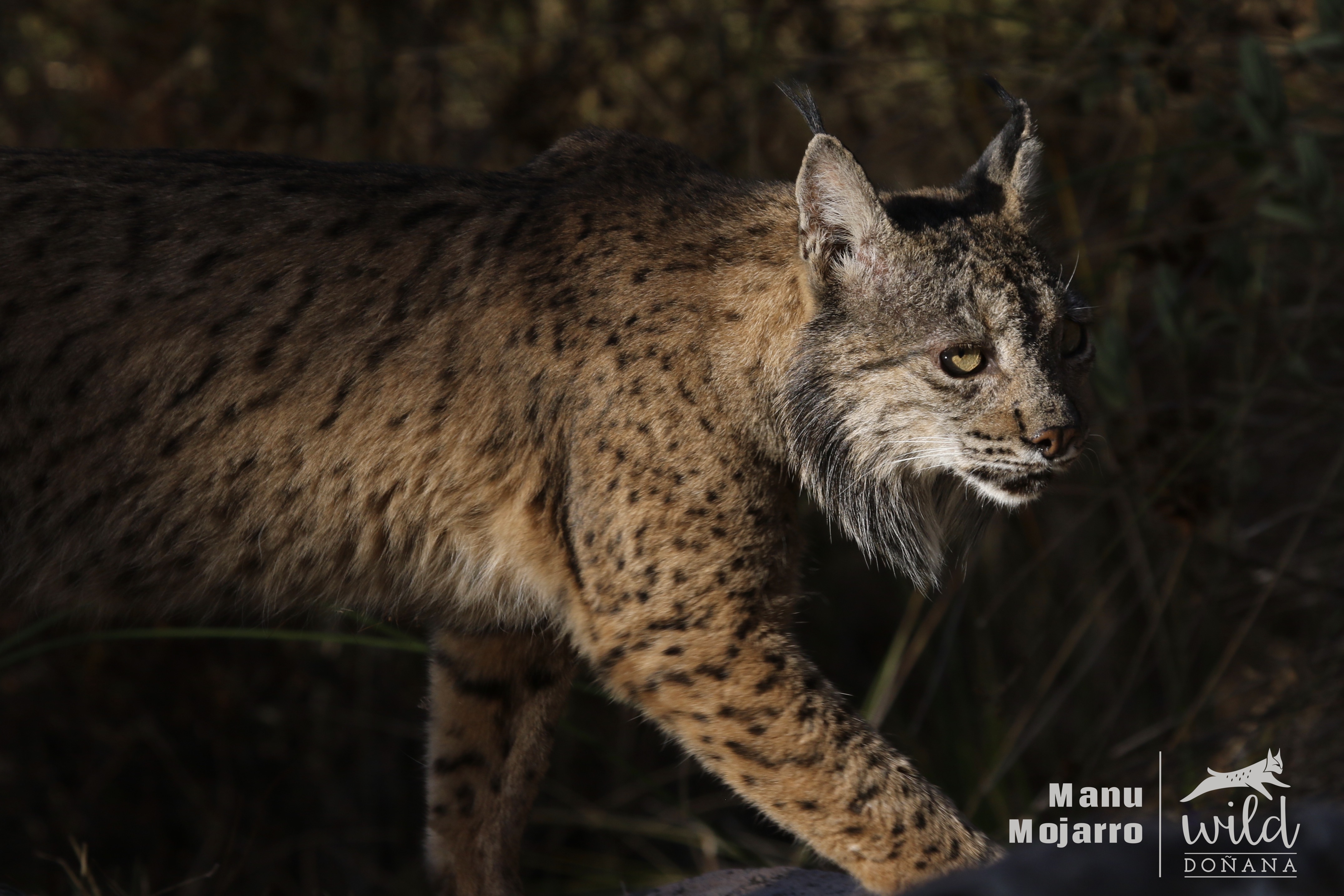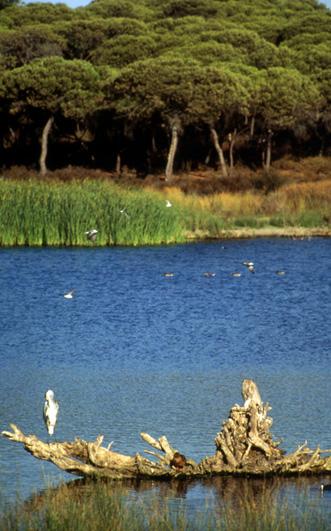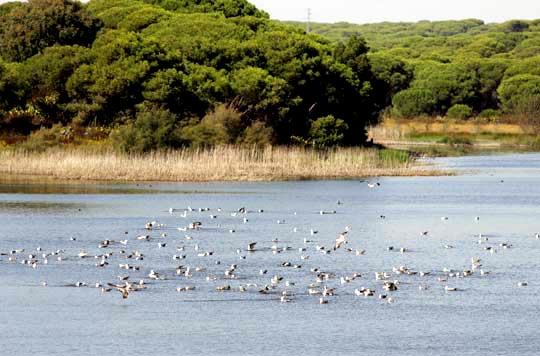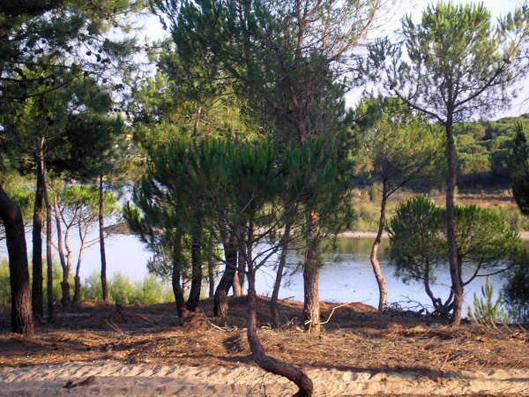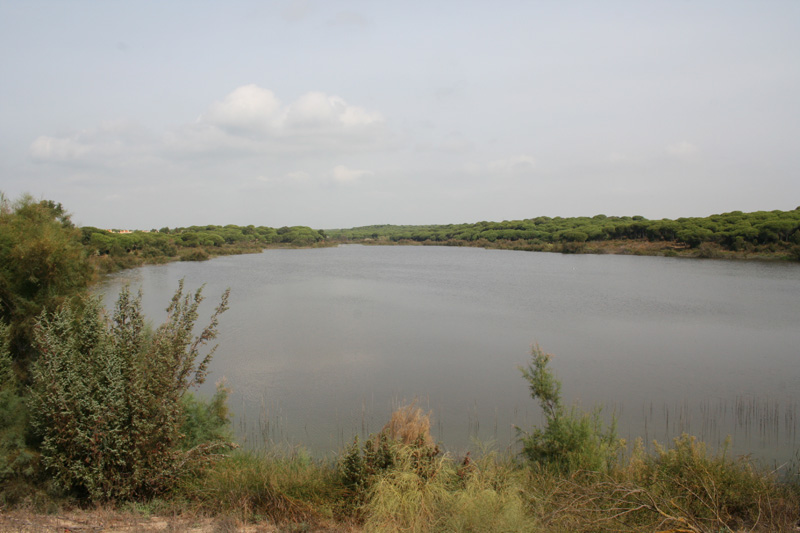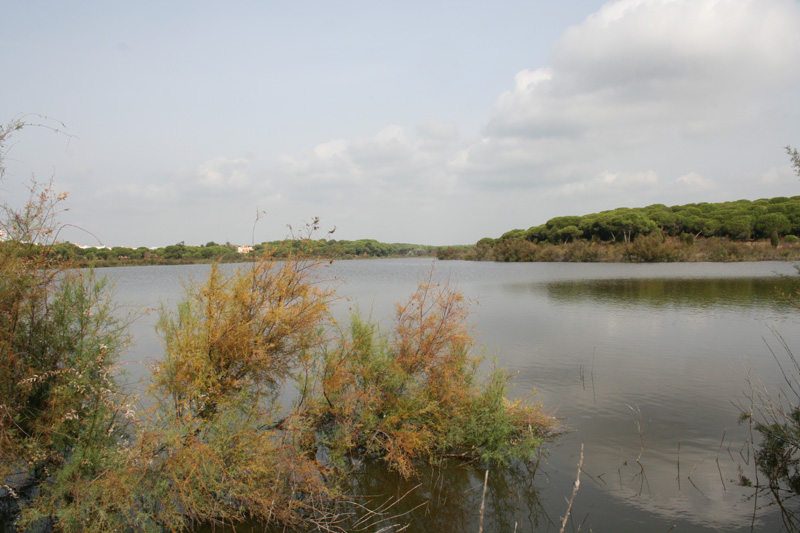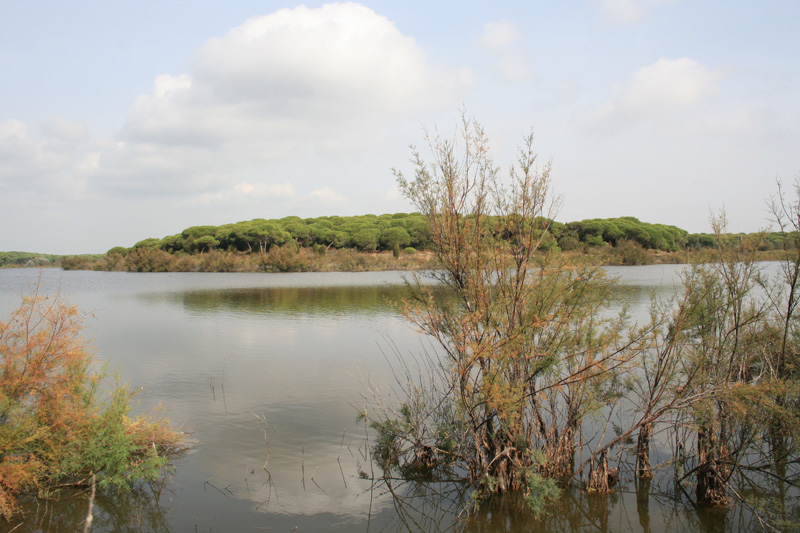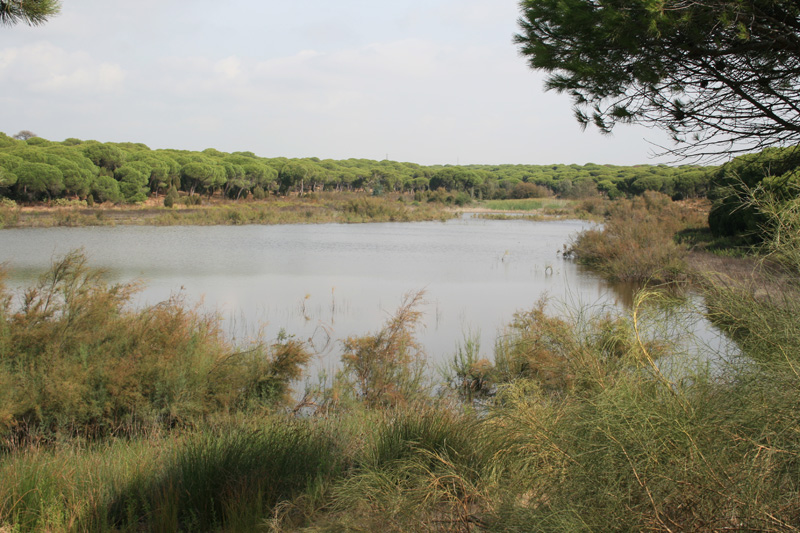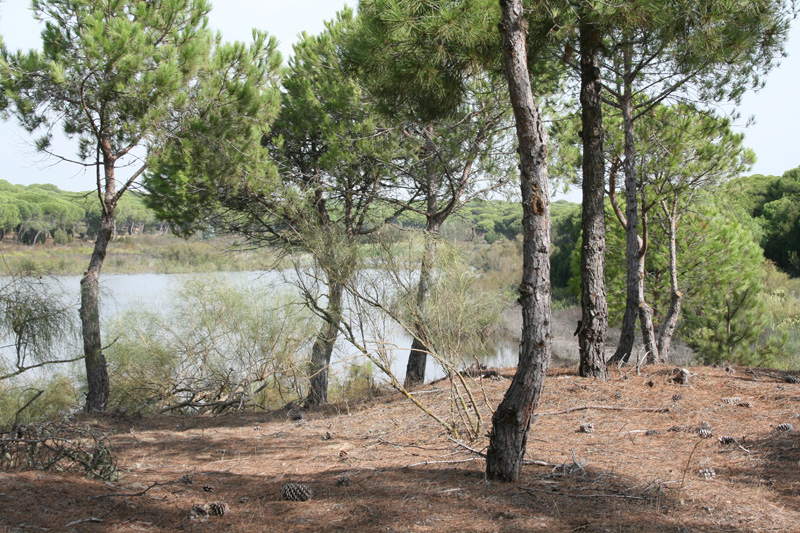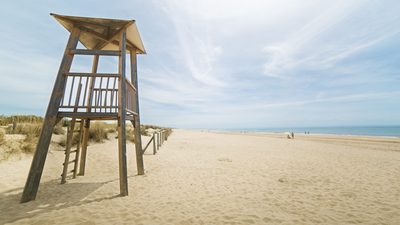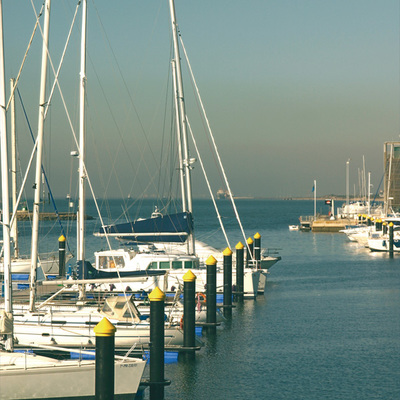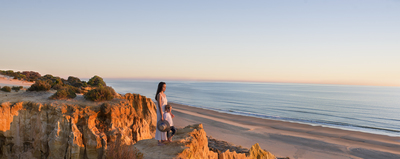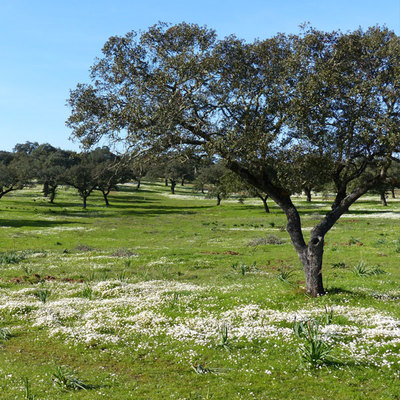Laguna de El Portil
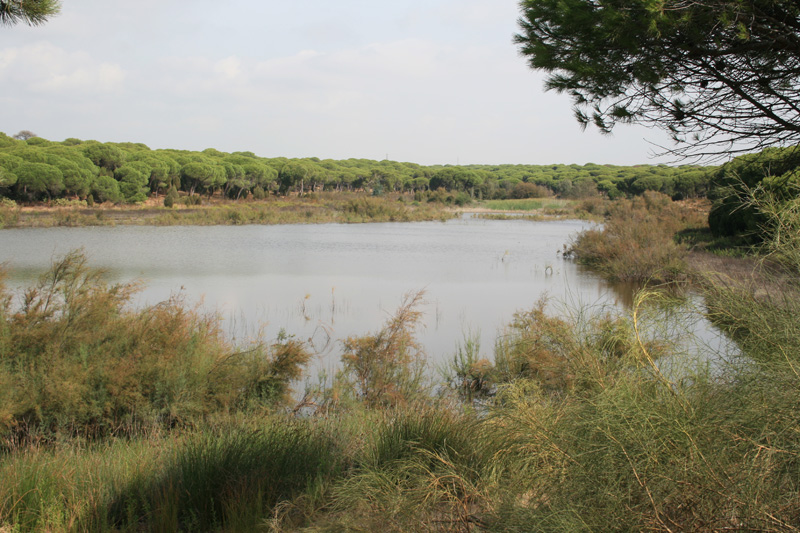
This freshwater lake is home to a large number of water birds. Along with the Odiel and Piedras River Marshes and the Flecha del Rompido, it forms a network of wetlands that is fundamental for the survival of birds that migrate to the Iberian Peninsula each year.
The lake has its origins in the gradual accumulation of sand from mobile dune fronts. The blockage this cased gradually stopped the flow of water from the small streams in the area out into the sea. Its evolution is closely linked to the movements of areas of sand along the coast, on account of their proximity.
From the viewpoint at the start of the trail running around the perimeter of the lake there is an excellent view of this nature area. You can see the surrounding vegetation, comprised mainly of Bunium incrassatum, bulrushes and reeds. Following the trail you can see how the vegetation changes. As the ground becomes more solid there is Phoenician juniper, mastic, white broom and replanted rock pine.
There is an abundance of water to be found on its waters. You can see the interesting courting of crested grebes and the long, sharp snort-like sound of the little grebe. This bird dives underwater sensing danger and can swim several metres underneath the surface. It is also common to see gulls that fish out at sea and come to these waters to wash the salt off their plumage.
Being a stop for migratory birds, this is an ideal place to spot rare species in summer and autumn, such as the garganey.


